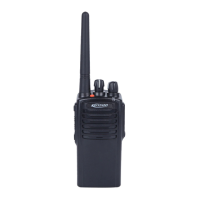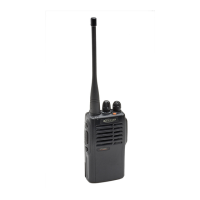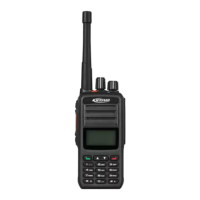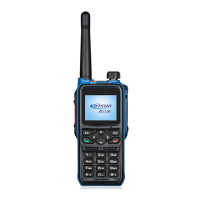What to do if I cannot hear other people on my Kirisun PT7200-02 Two-Way Radio?
- DDarrell BlackwellJul 31, 2025
If you cannot communicate with your group using the Kirisun Two-Way Radio, consider these potential causes: * Verify that all radios are tuned to the same frequency channel. * Confirm that the CTCSS/DCS tone settings match those of your group. * Ensure you are within the effective communication range. Move closer to the group if necessary.










